Friday, 6 January 2012
Astronomy lecture.Western Mare Crisium.Pictures by telescope
These captures of western Crisium sea through the telescope, are presented in another article: Video by astronomical telescope-near Western Mare Crisium.
There are many present craters on this large area, and I will only talk about features that were not discussed before.
We start with Burkhardt crater (57 km), which is located between craters Geminus (86 km), on north, and Cleomedes on south.
Burckhardt is located on two slightly smaller-sized craters on the opposite sides, producing a triple crater formation. Burckhardt E (39 km), is covered by the southwest quadrant of Burckhardt's, while Burckhardt F (43 km), is covered by the northwest quadrant. Crater rim is circular, but somewhat irregular in shape. There is a central peak near the midpoint of the crater floor.
Stucked in the western edge of the crater Cleomedes, is Tralles, and to the east of Cleomedes is the crater Delmotte (32 km), a small crater, whose characteristics are difficult to see because of its position.
Continue to the next photo description below, are craters Macrobius and Tisserand, 64 and 37 km, crater ray Proclus (28 km), and west of Proclus is Palus Somni , an area of 143 km,.
In the third picture below, there are many small craters on the surface of the sea, but also on its edge.
Peirce crater (19 km) with Picard (23 km), are those who are most "into the sea" of Crisium.
Picard's interior has a series of terraces, which seismologists have attributed to a collapse of the crater floor. The lowest point of the crater floor is about 2000 meters below its rim, and has a small hill in the center.
Other craters located further to the edge of the sea are Yerkes (36 km), Lick (31 km), Greaves (14 km), and Glaisher crater (16 km).
Yerkes crater (36 km), it seems interesting, because its inside was almost completely flooded by lava, leaving only a shallow remnant edge above the sea, and the edge is the most visible in west. The floor has a similar albedo with the large Crisium sea, so Yerkes's features are not distinct by surroundings.
About craters Firmicus (56 km) and Apollonius (53 km), I will speak in another article dedicated to them.
Photographer: Victor Lupu
Optics: Celestron C8-Newtonian telescope, plossl 20mm, 2x Barlow
Mount: CG5 (EQ5)
Device: Sony CX105 to 8x optical zoom
Total Magnification: 800x
Filter: no
Date: 08/16/2011
Location: Baia Mare, Romania
Processing: video capture, FastStone Image Viewer
Above are images processed in Registax.
IMAGES AND VIDEOS
About me
(8)
Astronomical Phylosophy
(5)
Astronomy Labels
(1)
Astronomy terms
(5)
Craters-Reinhold and Lansberg
(2)
Craters-Santbech
(5)
DSLR Hyperion pictures
(4)
DSLR astronomy pictures
(4)
DSLR telescope pictures
(21)
Occultations
(5)
Rima Ariadaeus
(4)
Rupes Altai
(10)
The colours of the Moon
(7)
Things about the Moon
(9)
Weird sightings
(8)




 Friday, January 06, 2012
Friday, January 06, 2012
 Unknown
Unknown














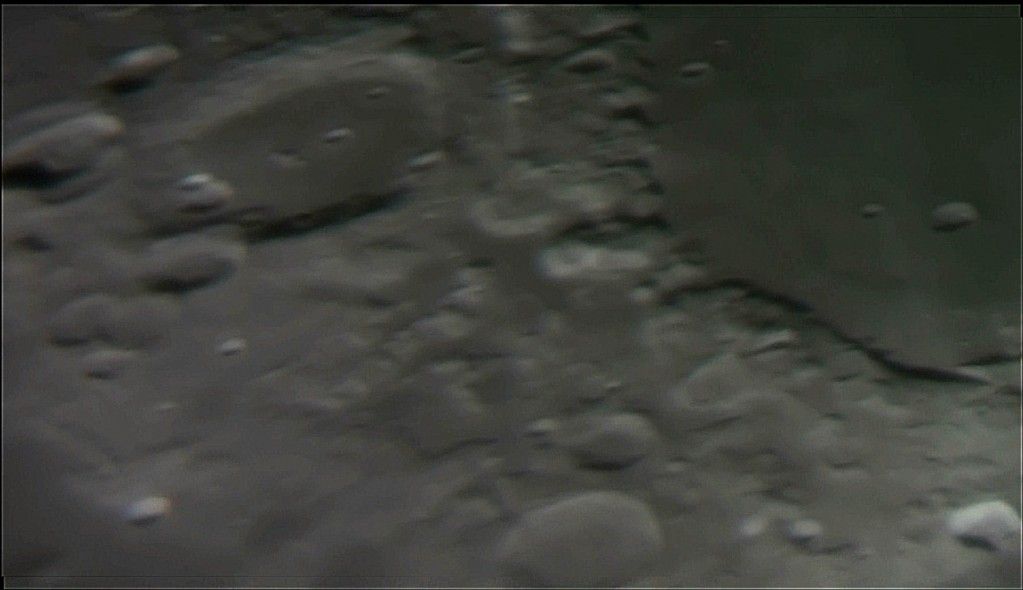
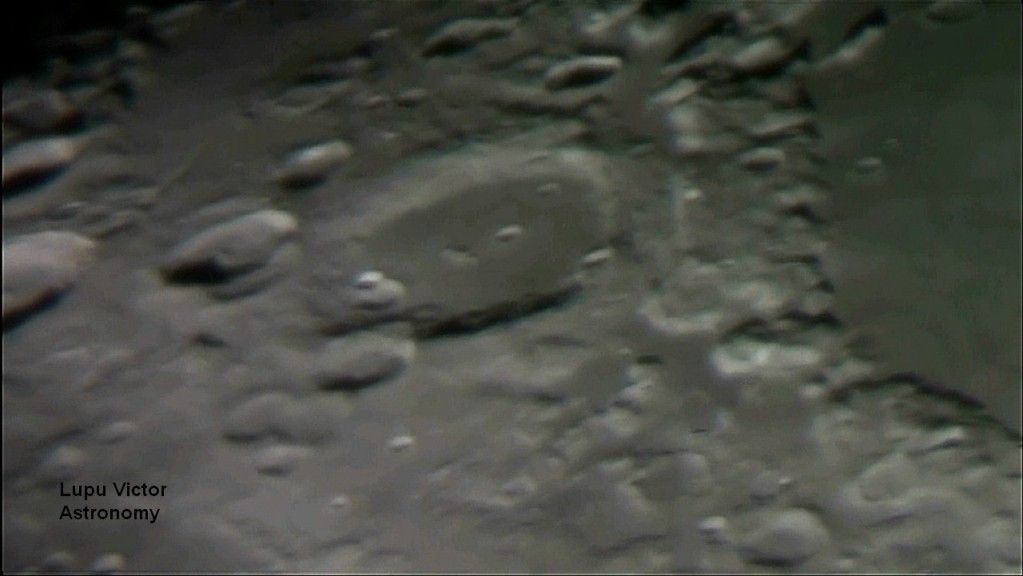
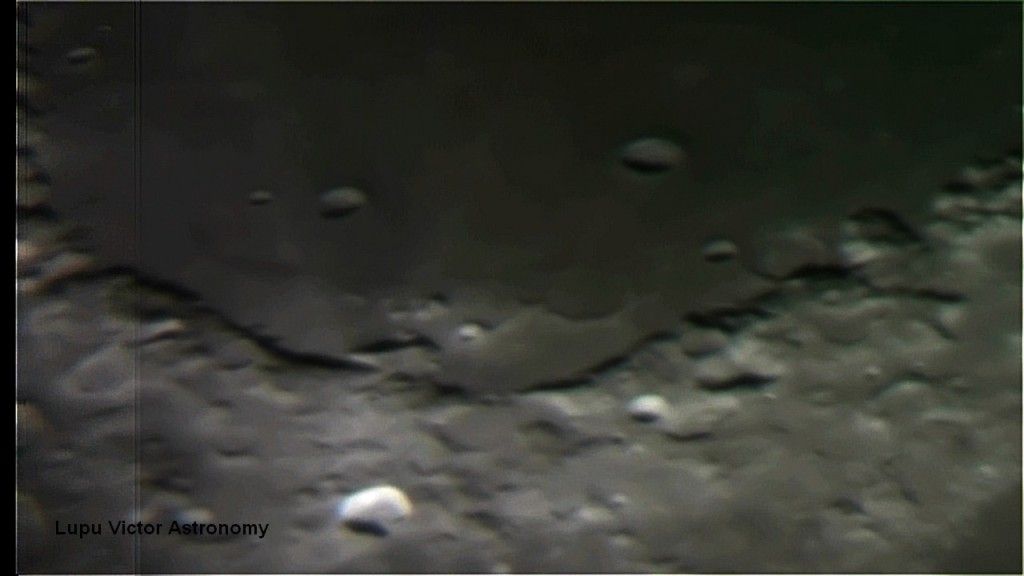
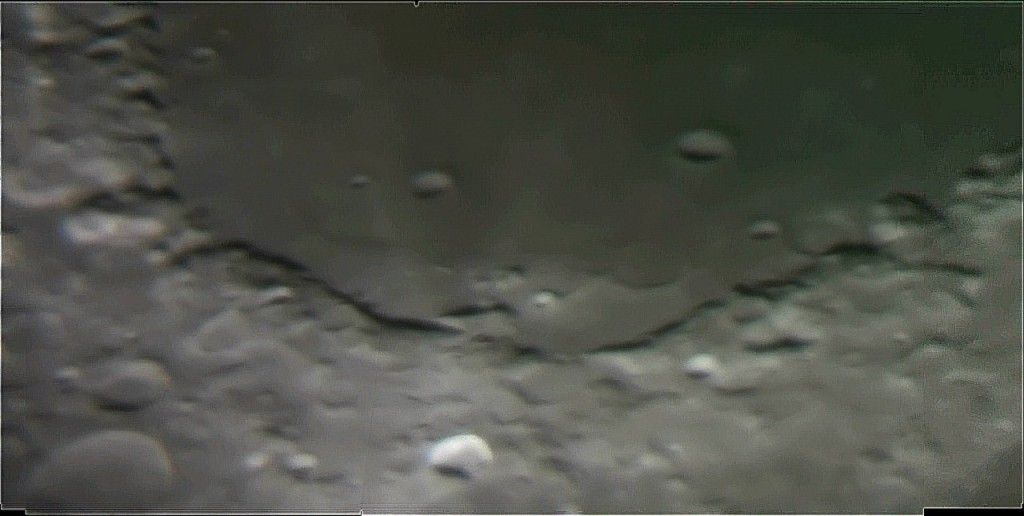
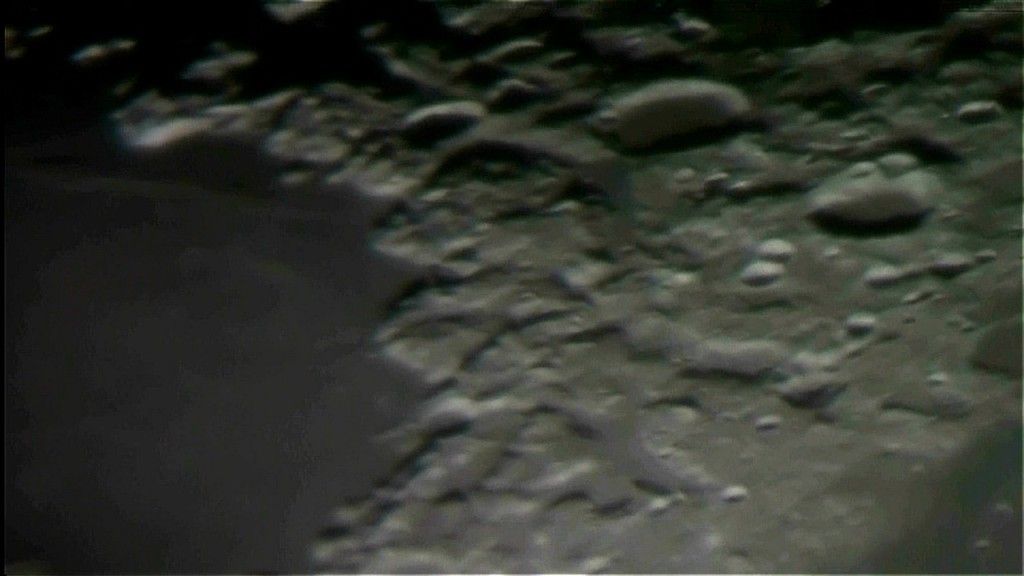
 Posted in:
Posted in: 


1 comments:
Beautyness and imaginativeness :)
Post a Comment